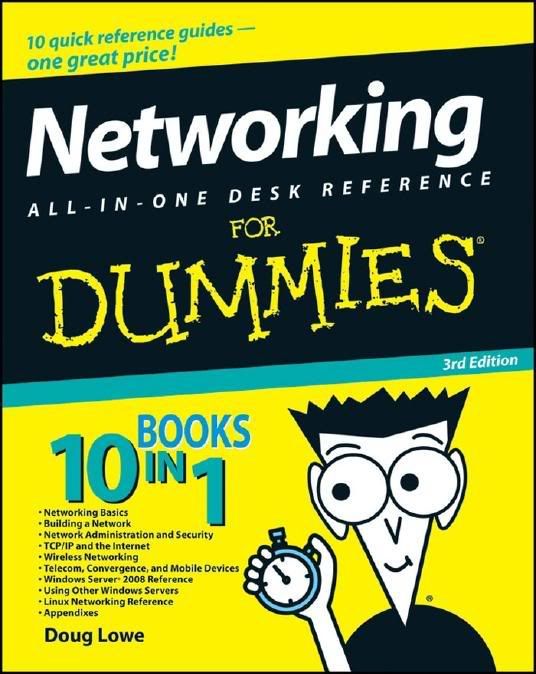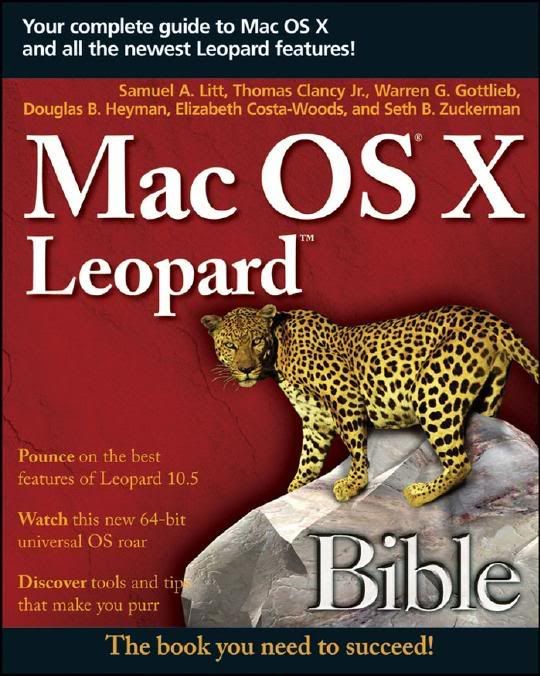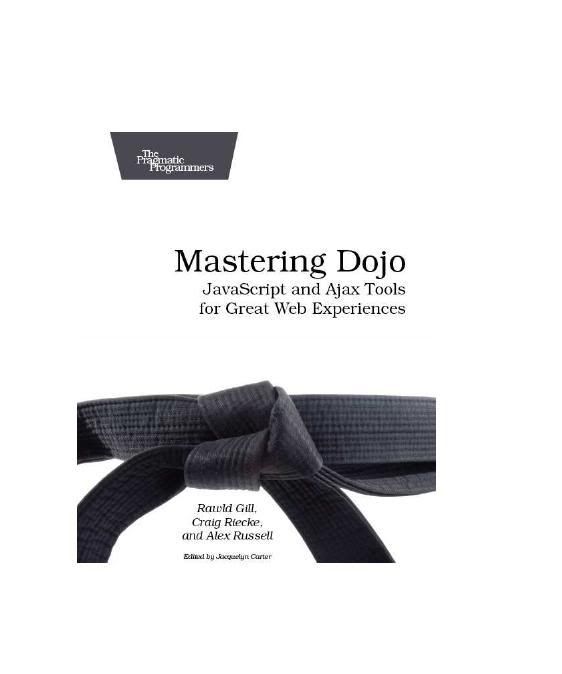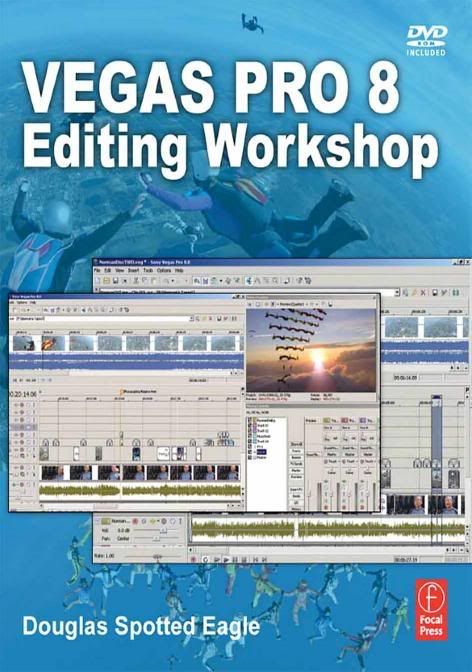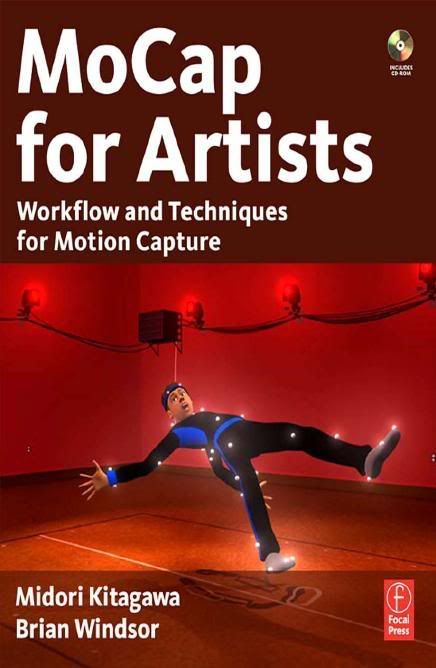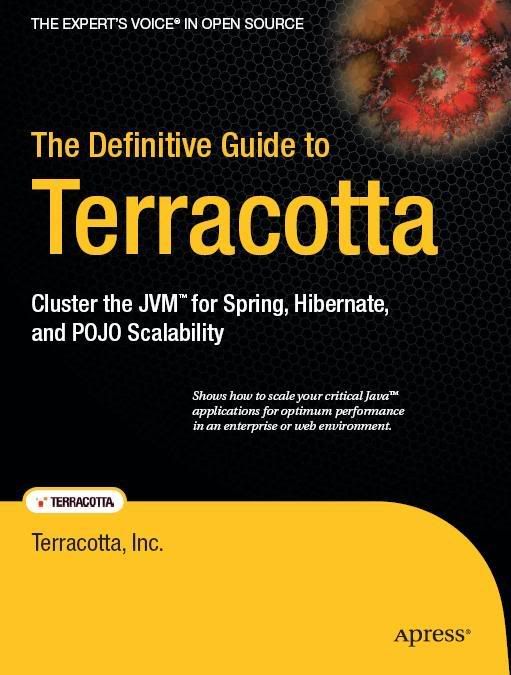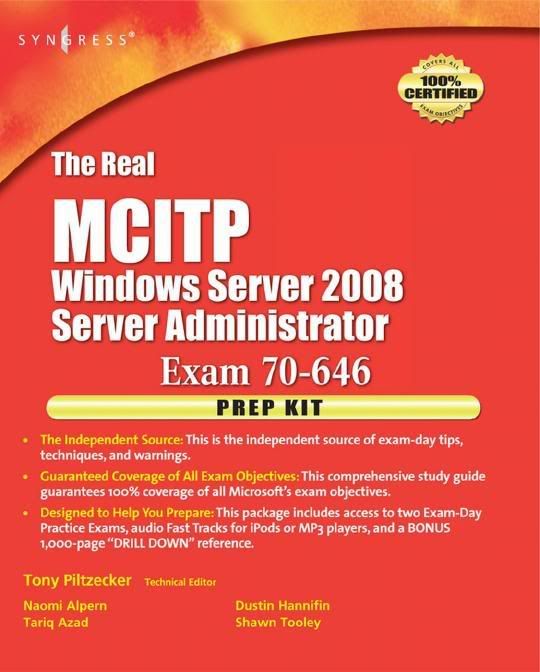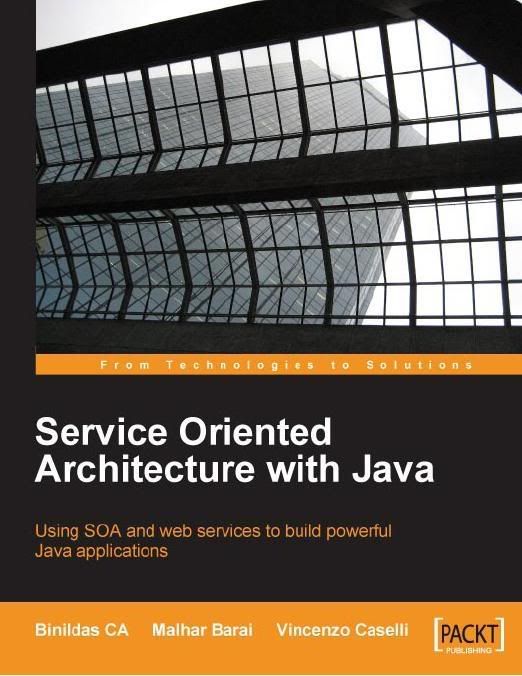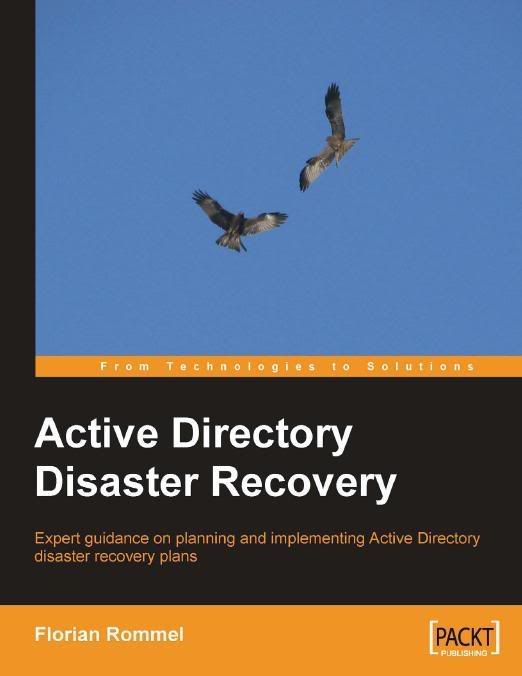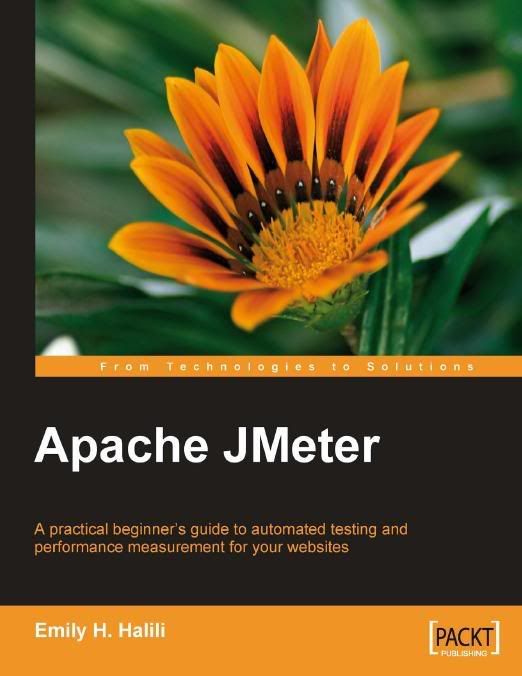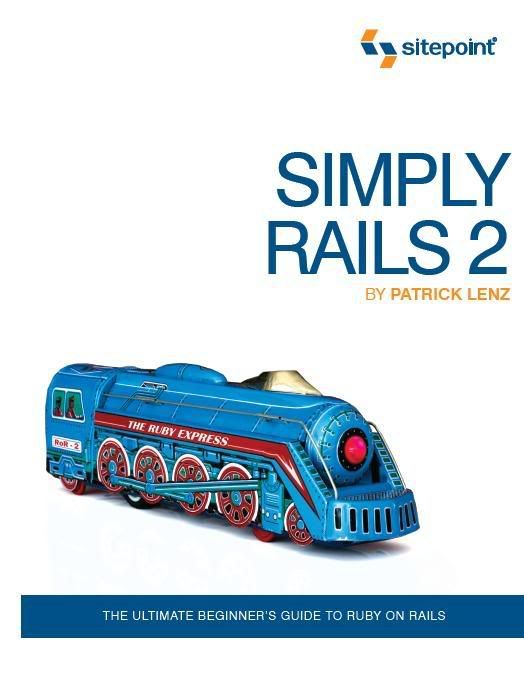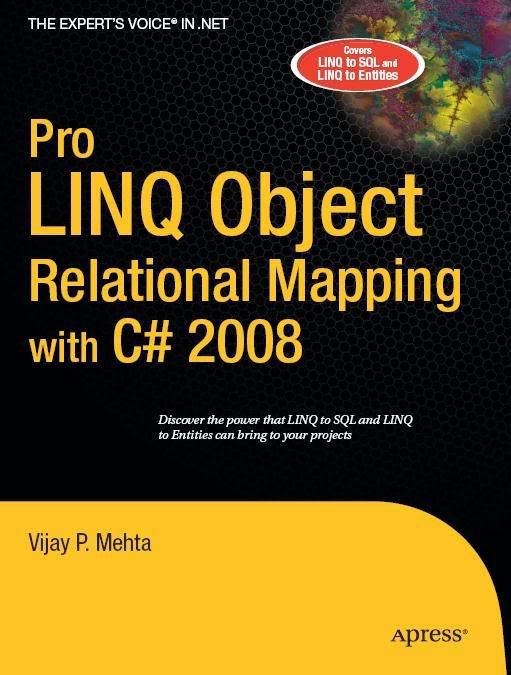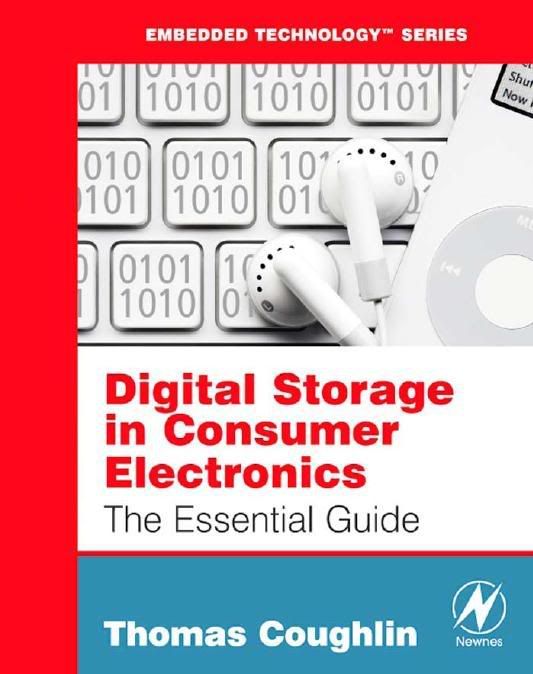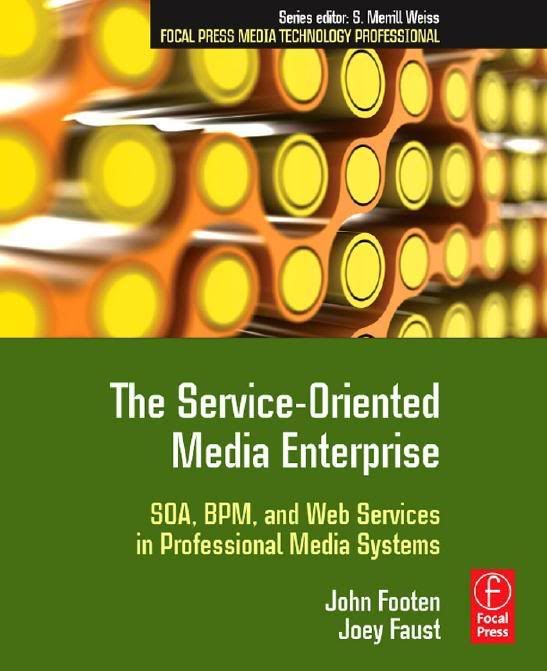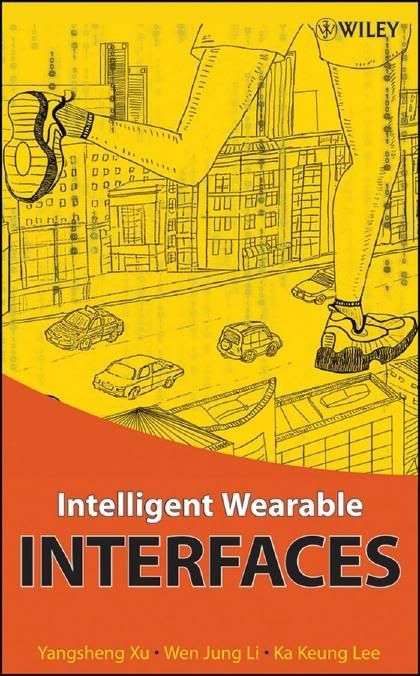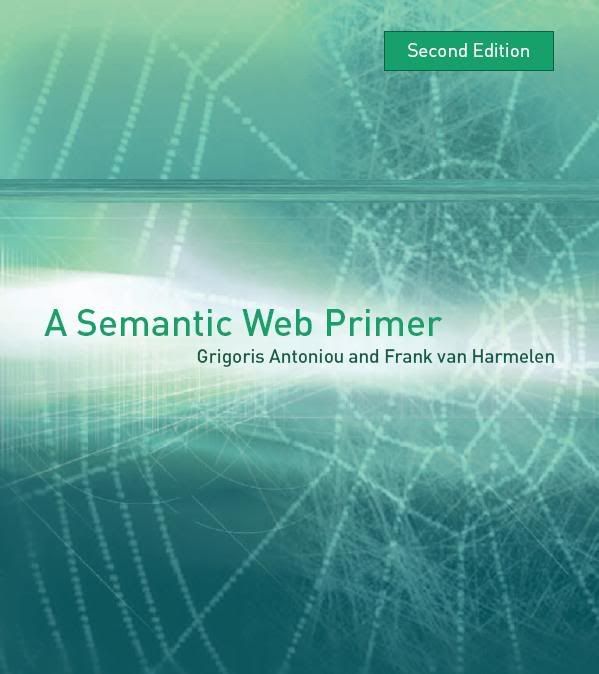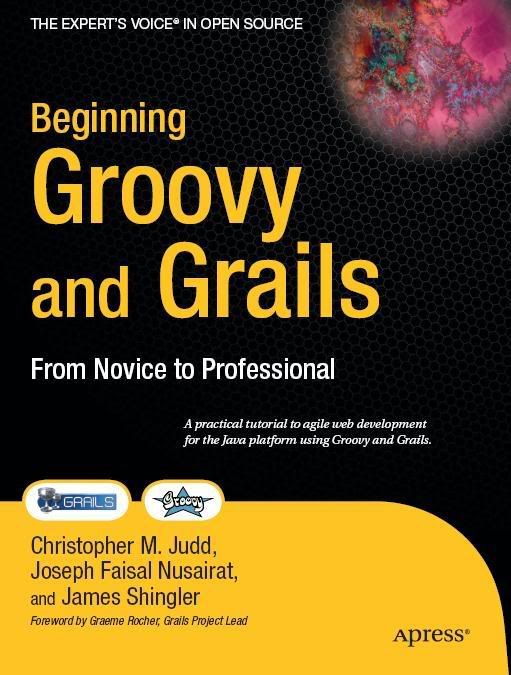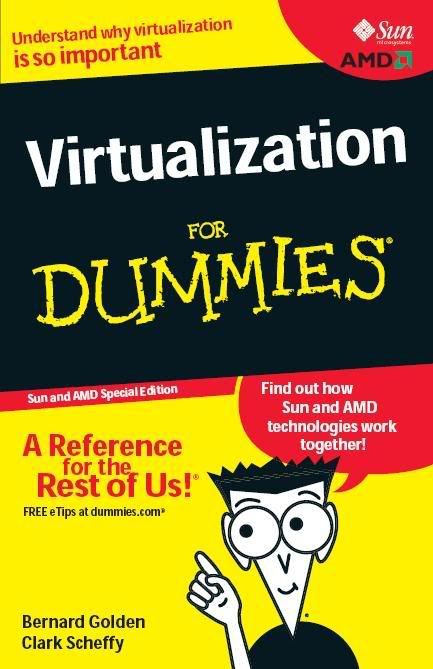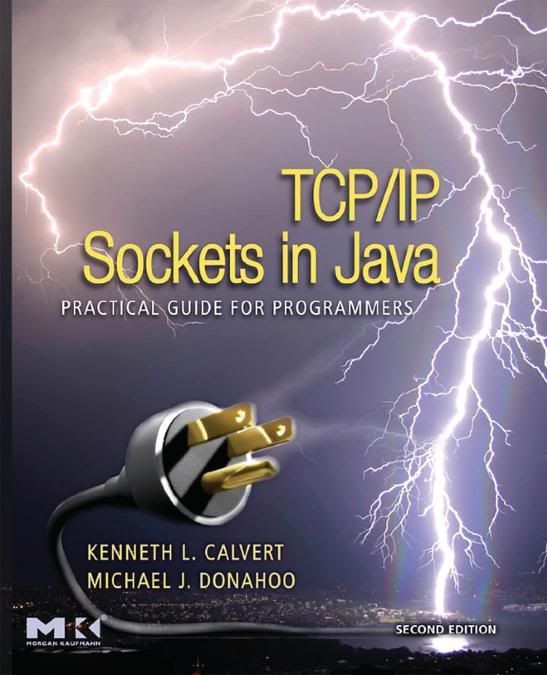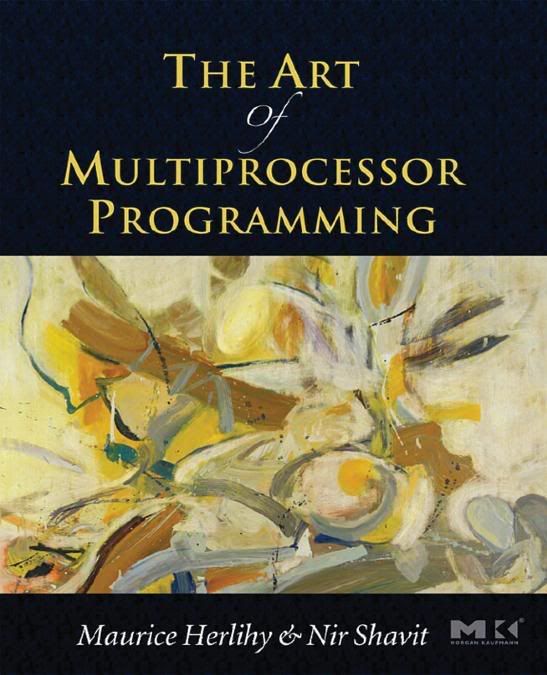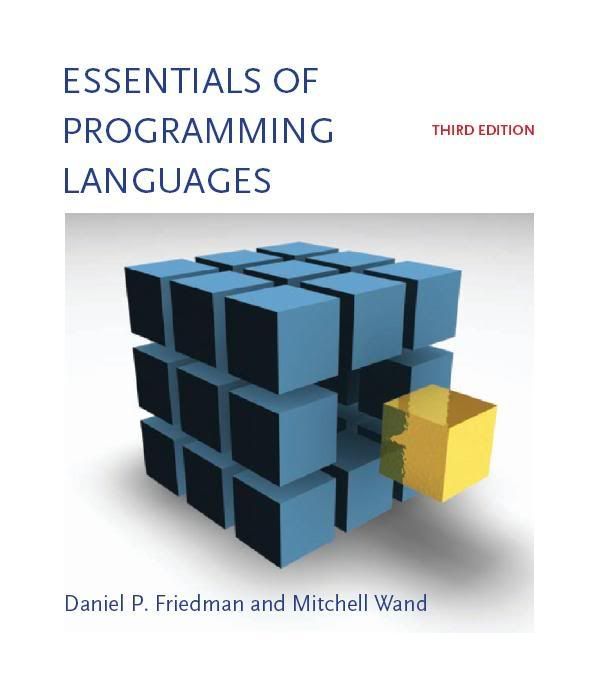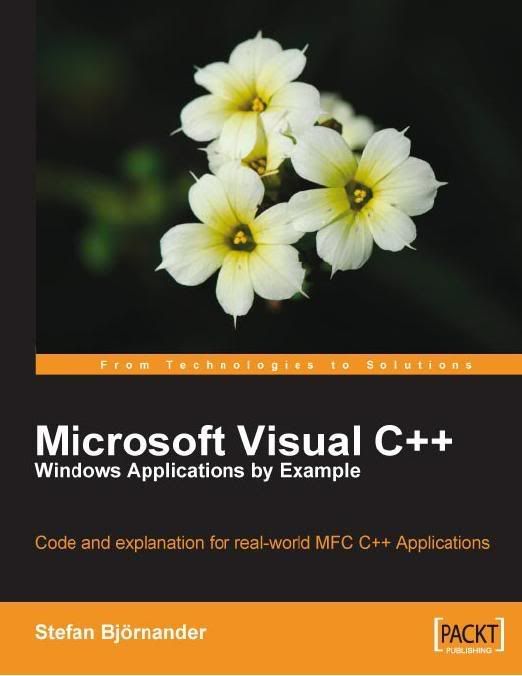
With this book you will learn how to create applications using MDI, complex file formats, text parsing and processing, graphics, and interactions. Every essential skill required to build Windows desktop-style applications is covered in the context of fully working examples.
The book begins with a quick primer on the C++ language, and using the Visual C++ IDE to create Windows applications. This acts as a recap for existing C++ programmers, and a quick guide to the language if you’ve not worked with C++ before. The book then moves into a set of comprehensive example applications, presenting the important parts of the code with explanation of how it works, and how and when to use similar techniques in your own applications.
The applications include: a Tetris-style game, a drawing application, a spreadsheet, and a word processor.
If you know the C++ language, or another Windows-based programming language, and want to use C++ to write real, complex applications then this book is ideal for you.
